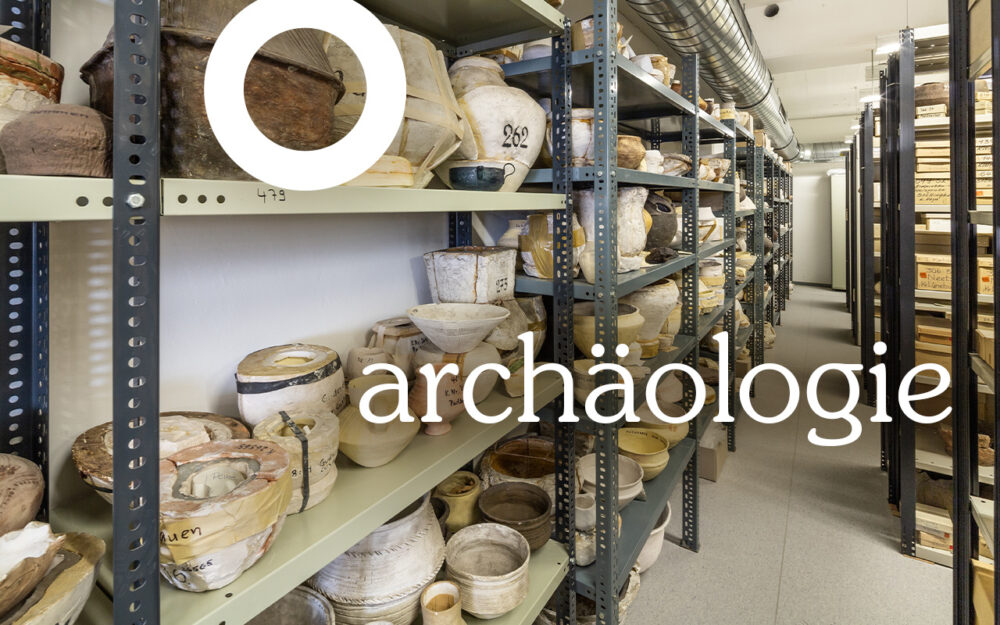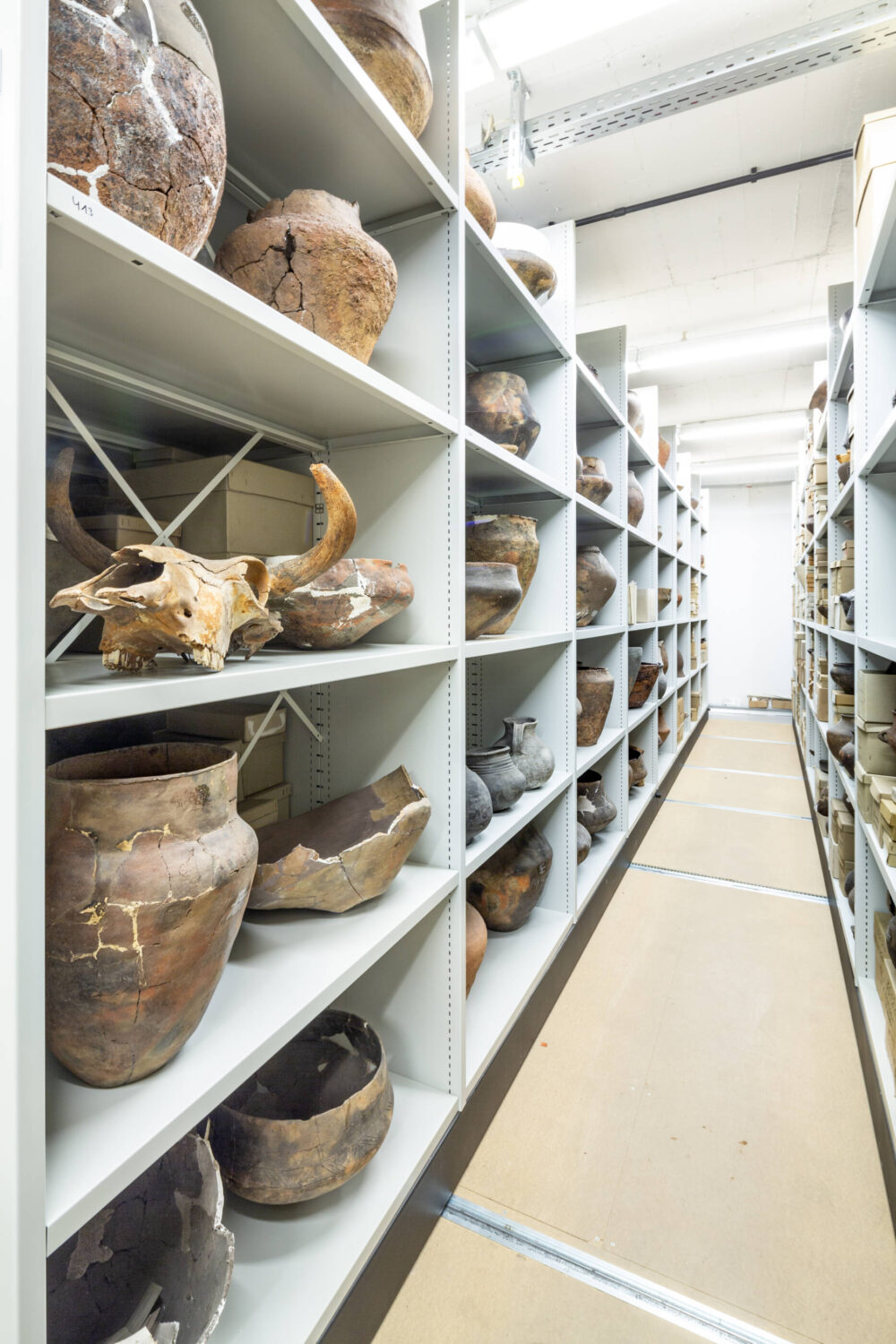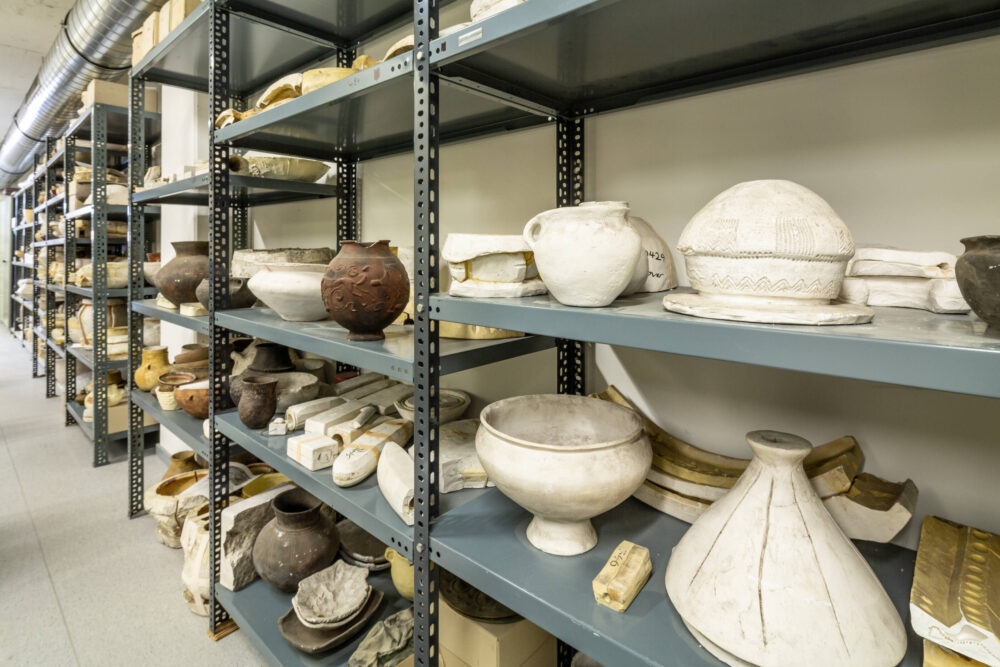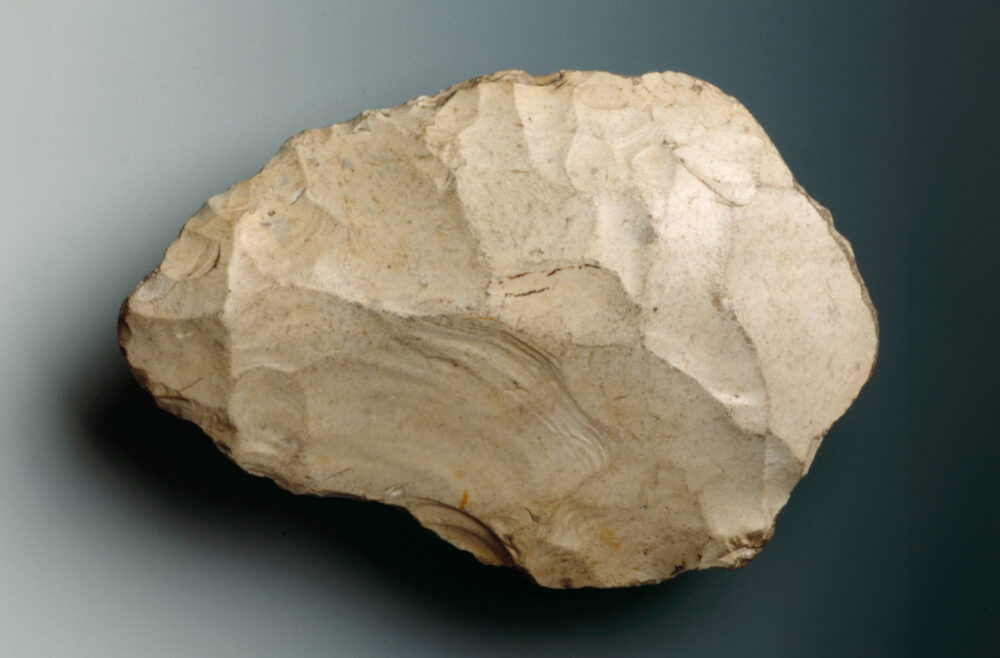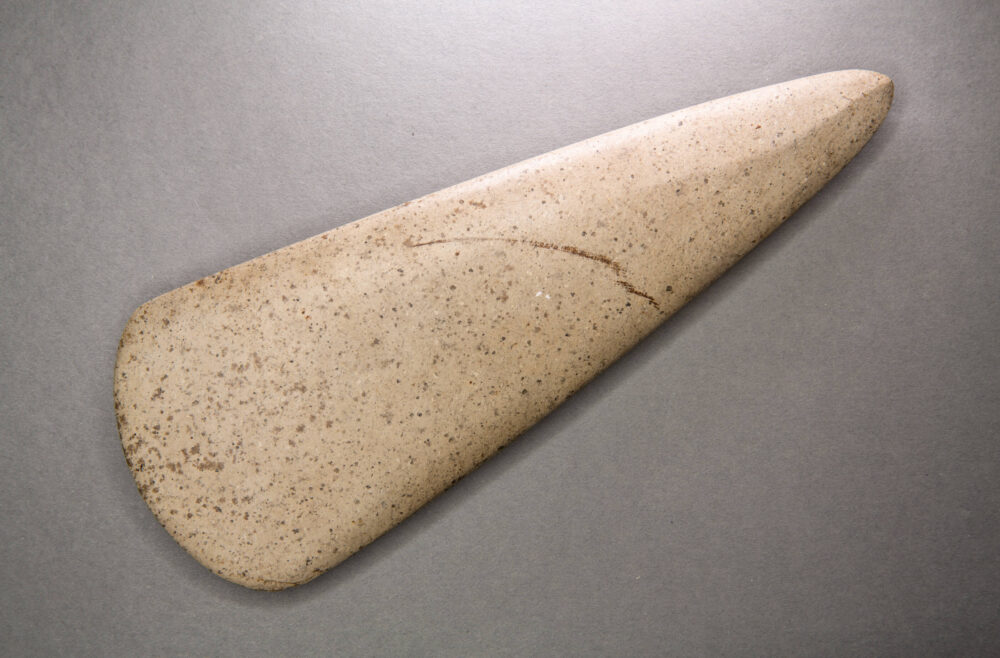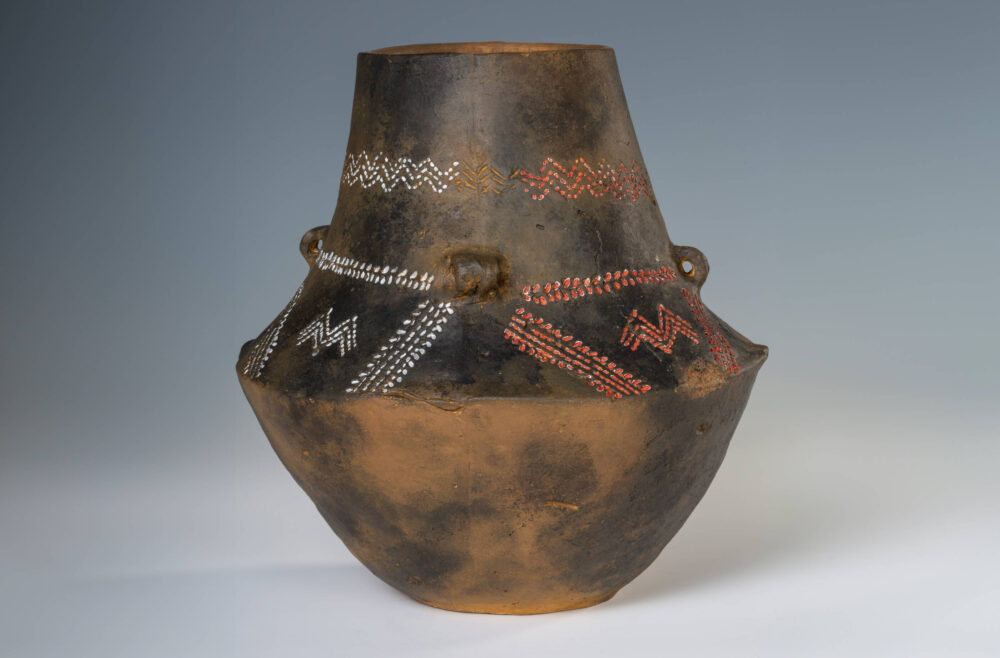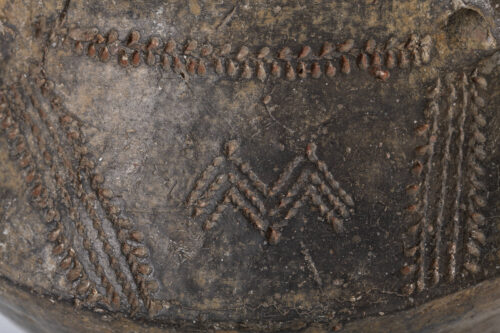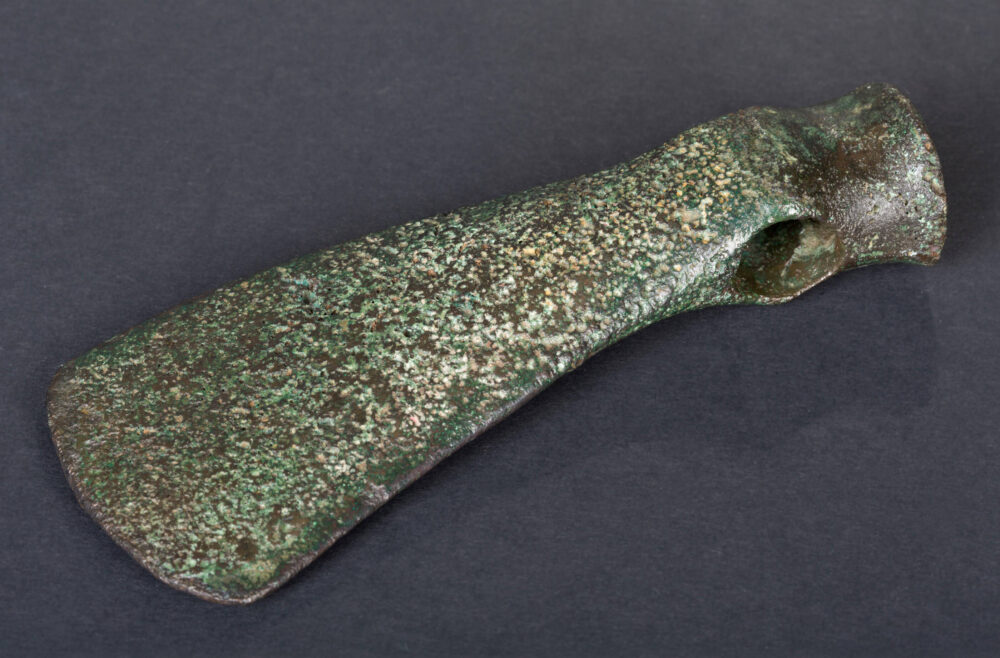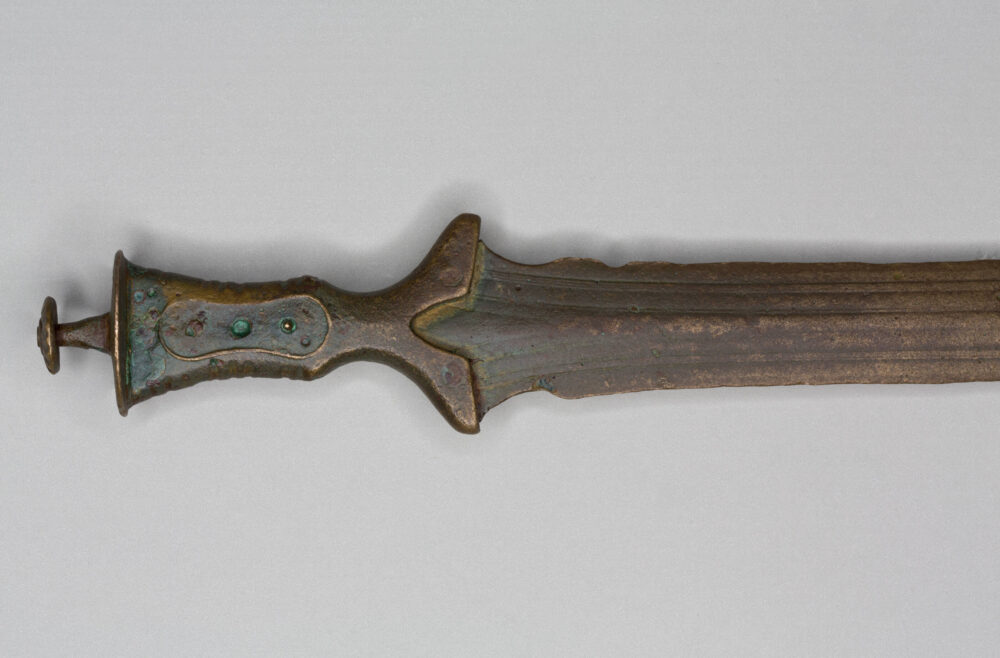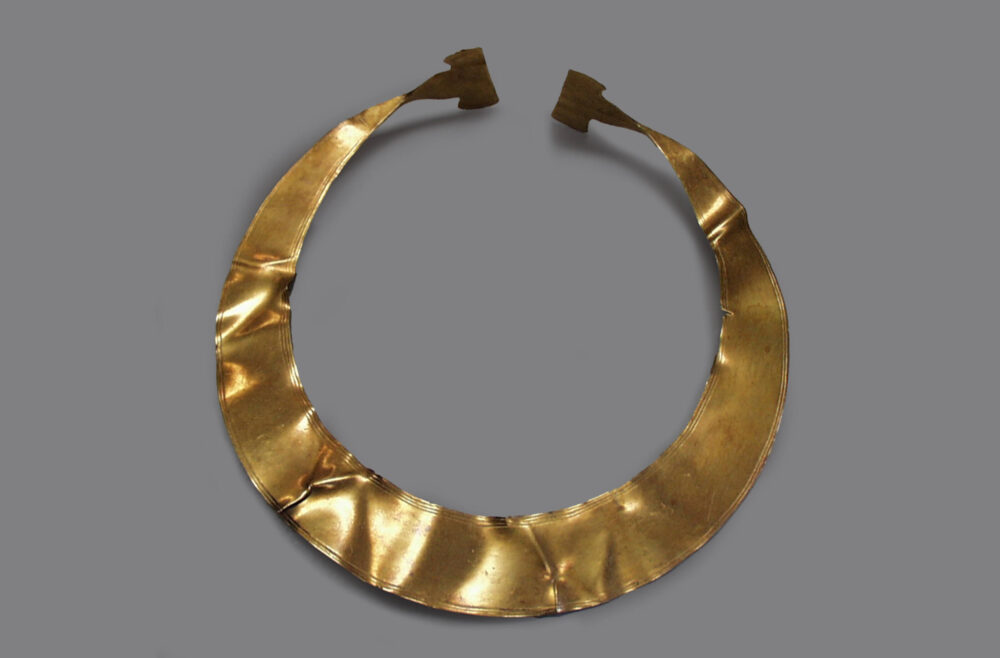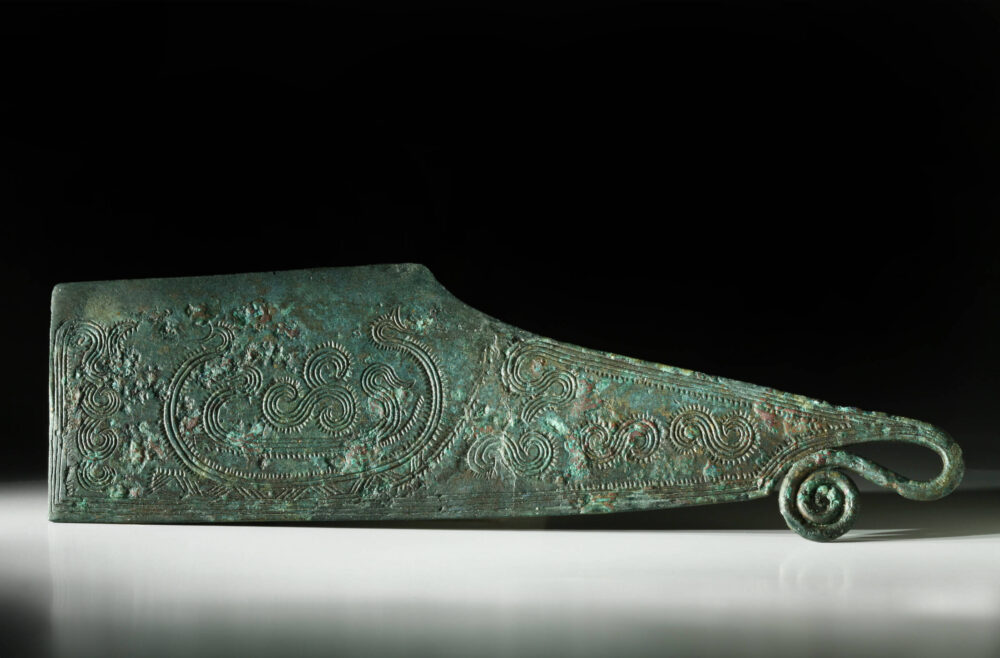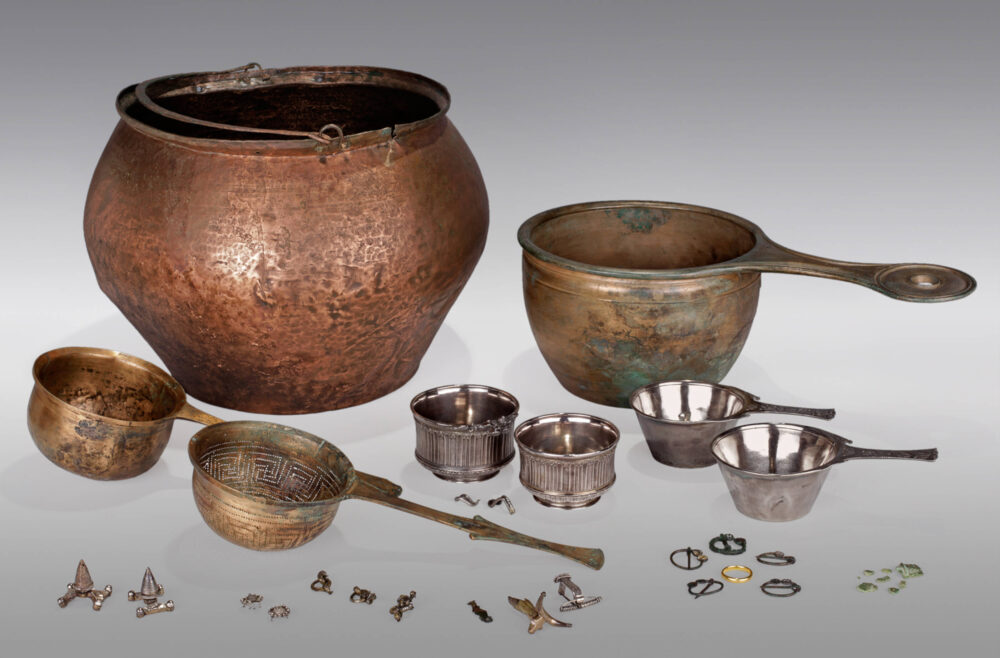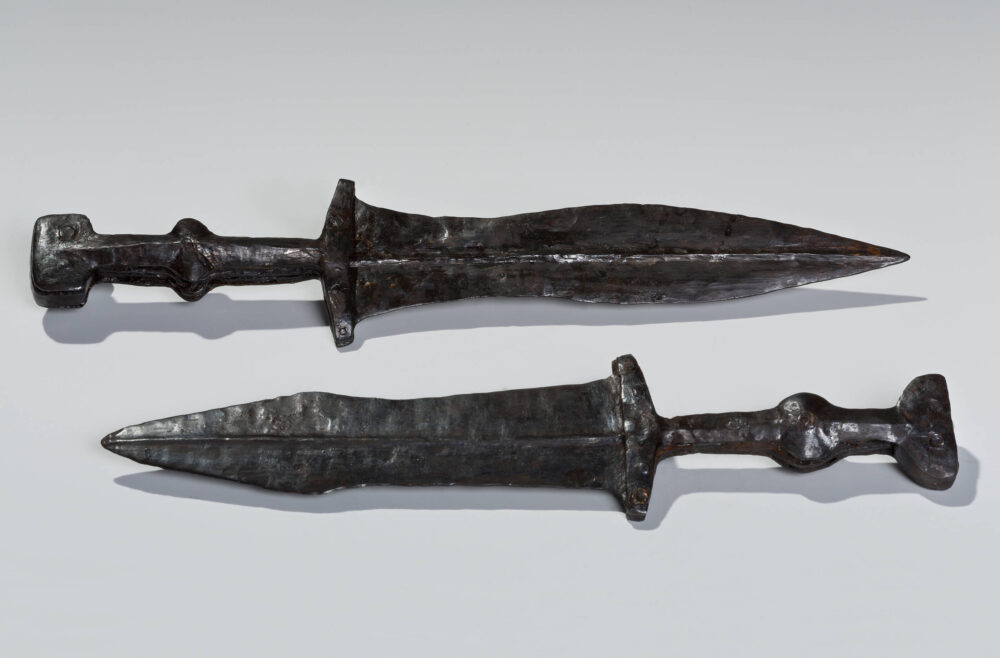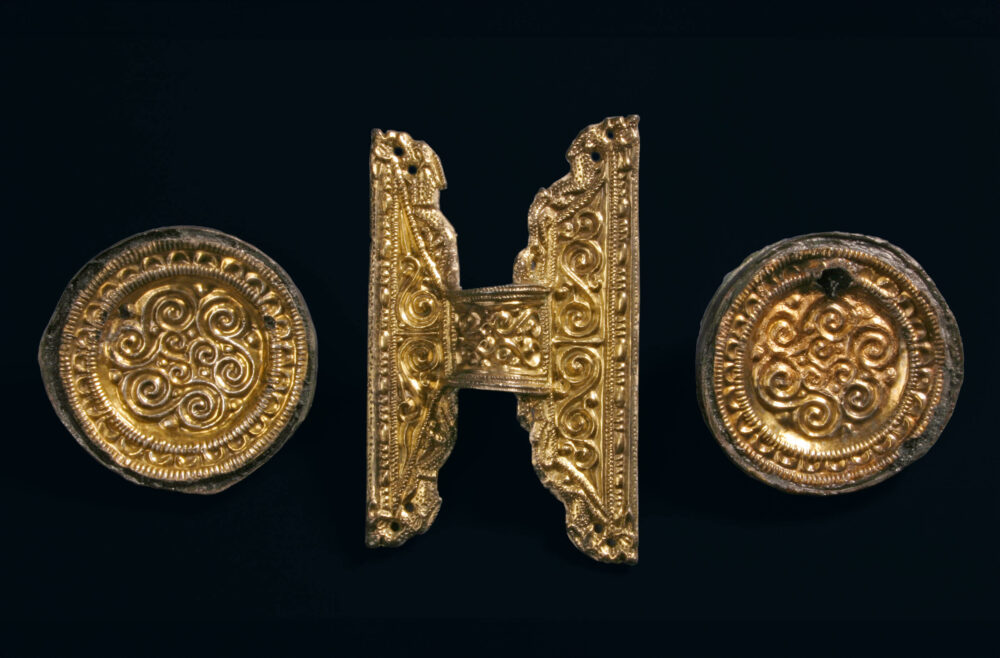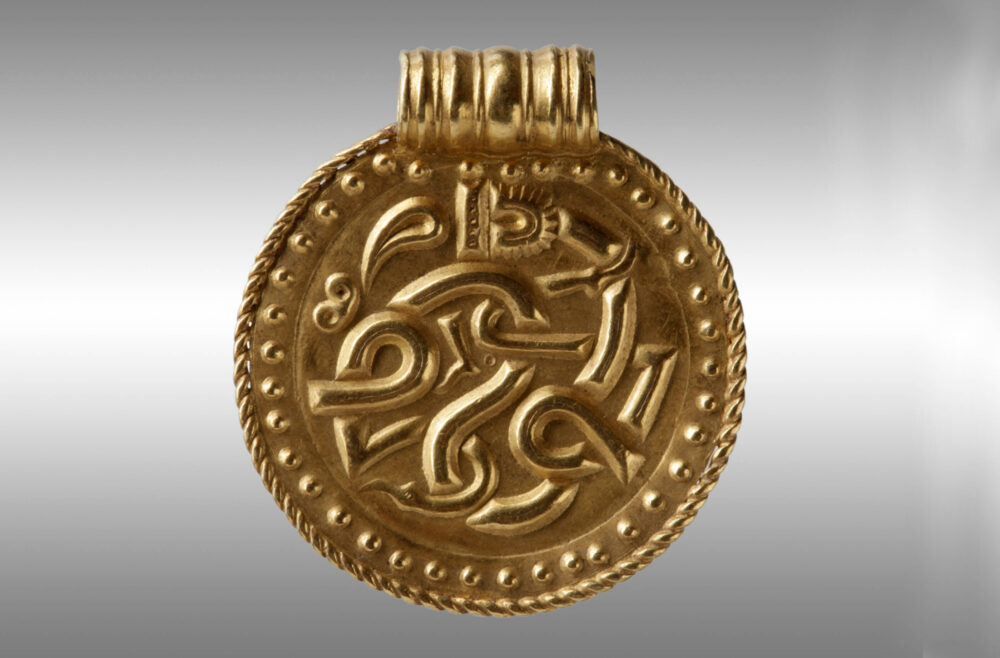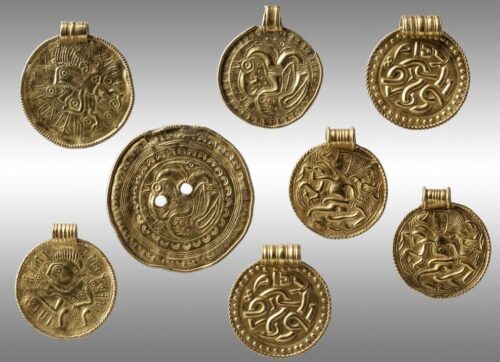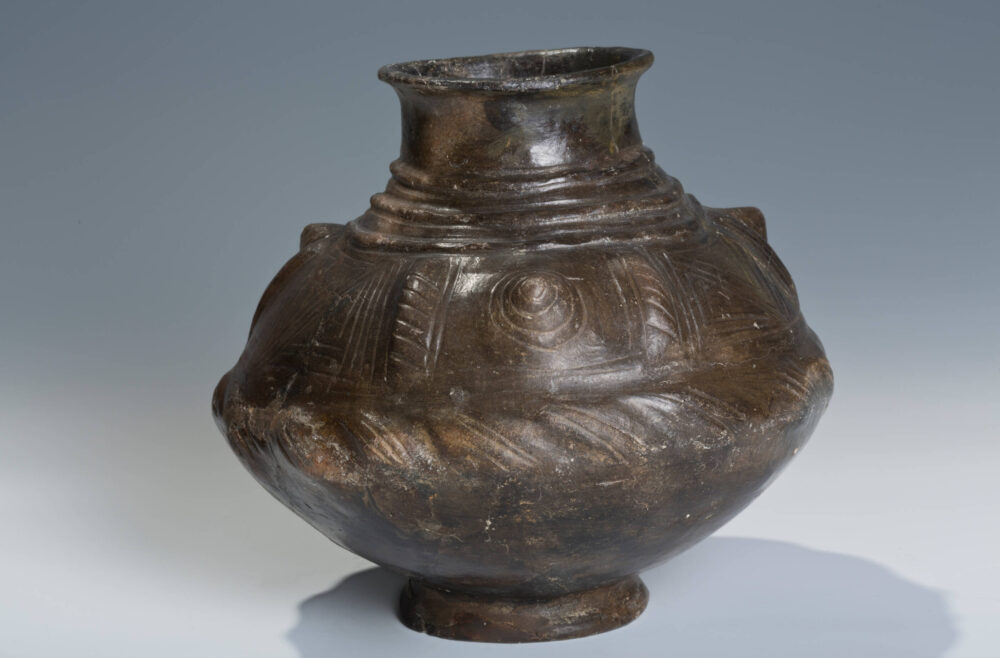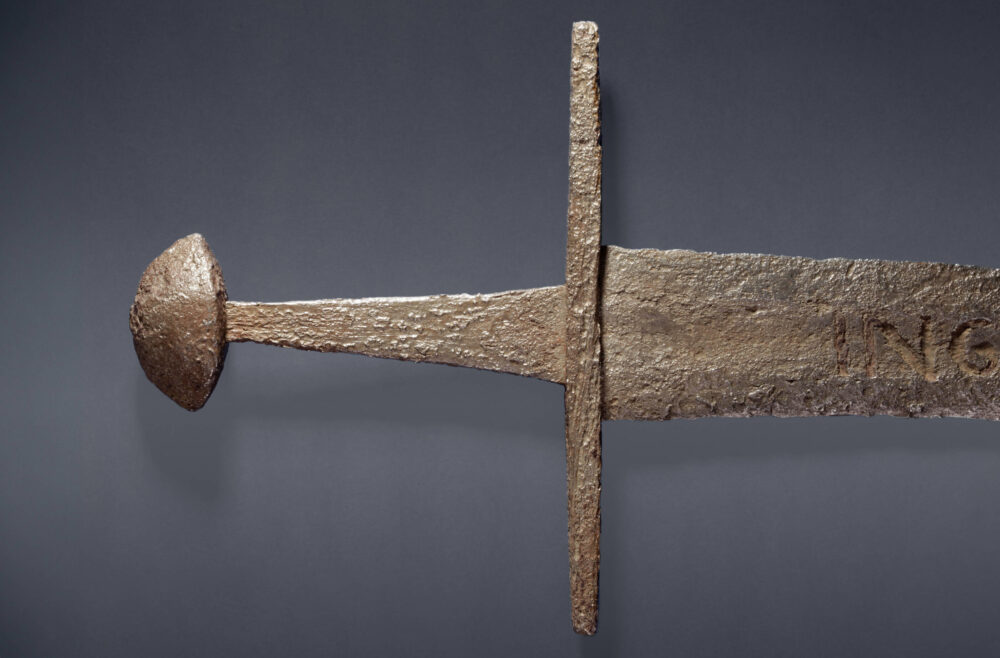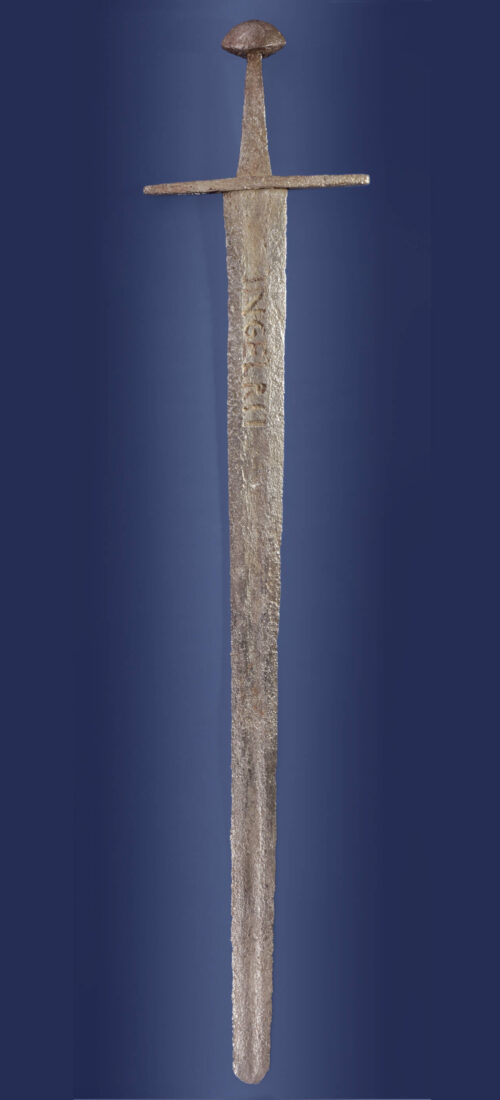A short history of the collection
The archaeological collection of the Hanover State Museum goes back to the holdings of the Historical Association for Lower Saxony and has been growing continuously since then with new additions from rescue and research excavations as well as from volunteer collectors. Losses occurred mainly during the Second World War. The collection includes archaeological objects from the first appearance of human beings in the Paleolithic period to modern times. The focus emerged from the excavations by the curators of the State Museum as well as large-scale excavations by the state of Lower Saxony. The collection is continually being scientifically developed through collaborations with universities and research institutes, as well as research projects by the archaeologists working at the State Museum.
Collection focus
Paleolithic and Mesolithic (Old and Middle Stone Age)
The most important holdings from the Paleolithic include the finds from the Unicorn Cave in the Harz Mountains and the late Paleolithic site Weitsche, district of Lüchow-Dannenberg. In addition, numerous finds from rescue excavations and reading finds from the gravel pits in Lower Saxony are part of the collection.
Neolithic (New Stone Age)
The Neolithic wetland settlements around the Dümmer, which have exceptional preservation conditions and are researched in the Hanover State Museum, are unique in northern Europe. The museum also has a large collection of Neolithic hatchets and axes, which are an important source for the Stone Age of northwest Germany.
Bronze and Iron Ages
Large grave fields with cremations are typical of the older metal times in northwest Germany. The finds from these urn cemeteries are stored and researched in the Hanover State Museum. The collection also contains a large number of hoards and richly furnished graves from the Bronze Age.
Romans and Germanic peoples
Julius Caesar already crossed the Rhine, but Roman military units operated in what is now Lower Saxony, especially under Emperor Augustus. Roman finds have often come down to us as additions to rich Germanic graves. Thanks to this burial practice, the Hanover State Museum houses one of the largest collections of Roman non-ferrous metal finds.
Migration period and the early Middle Ages
With the end of the Roman Empire, the centers of power in Europe also shifted. The holdings of the Hanover State Museum contain numerous finds from this period from the large burial grounds such as Issendorf and Liebenau. They are complemented by a number of spectacular treasure finds. It was only in the course of the early Middle Ages that the Saxons, the namesake of the federal state of Lower Saxony, became tangible as historical actors.

